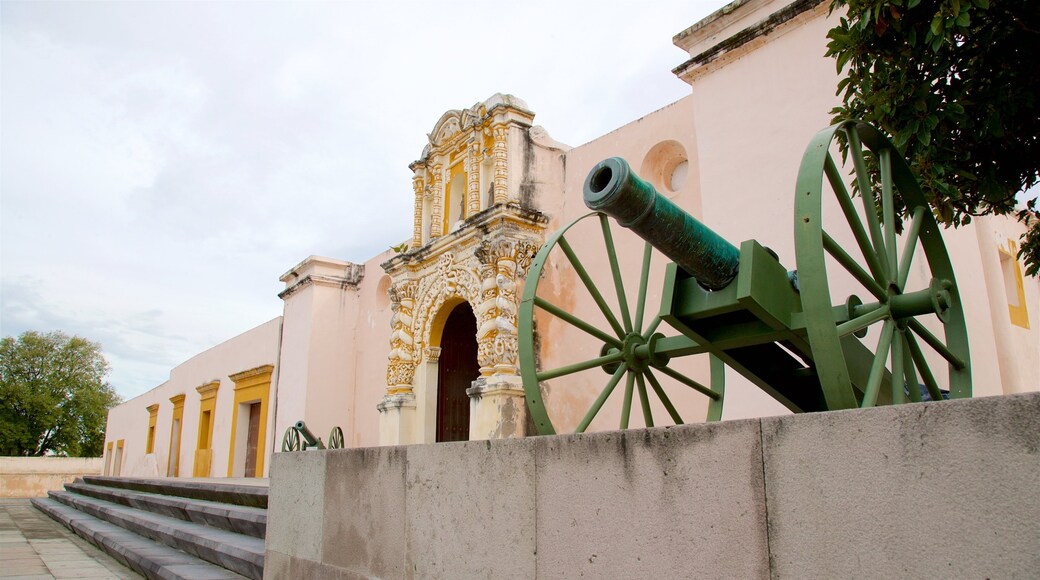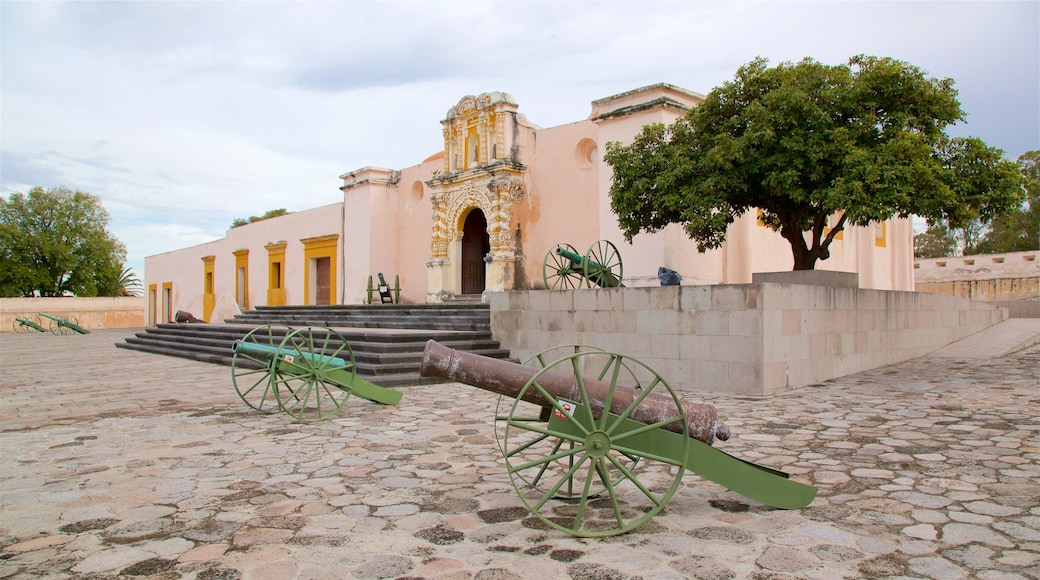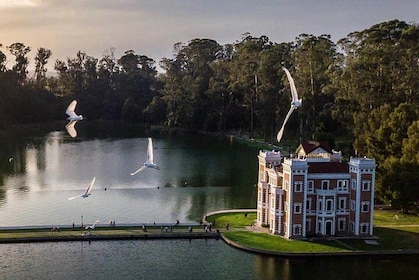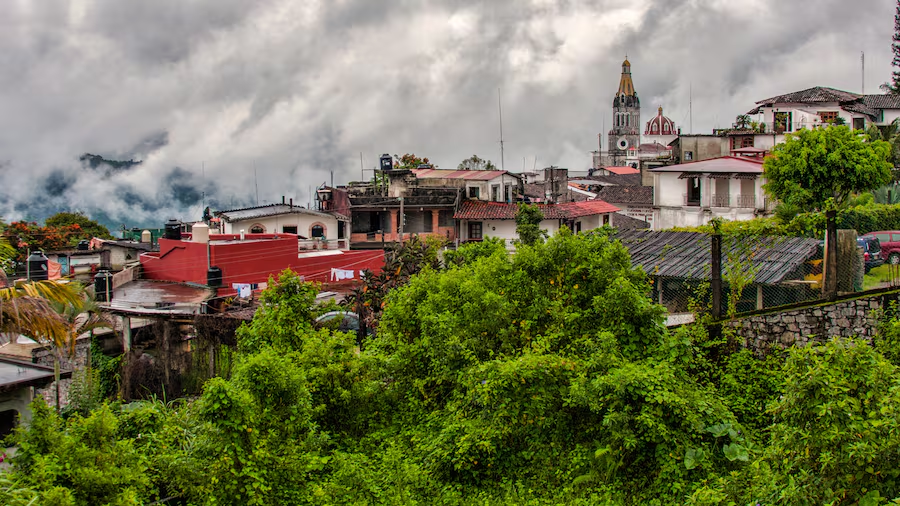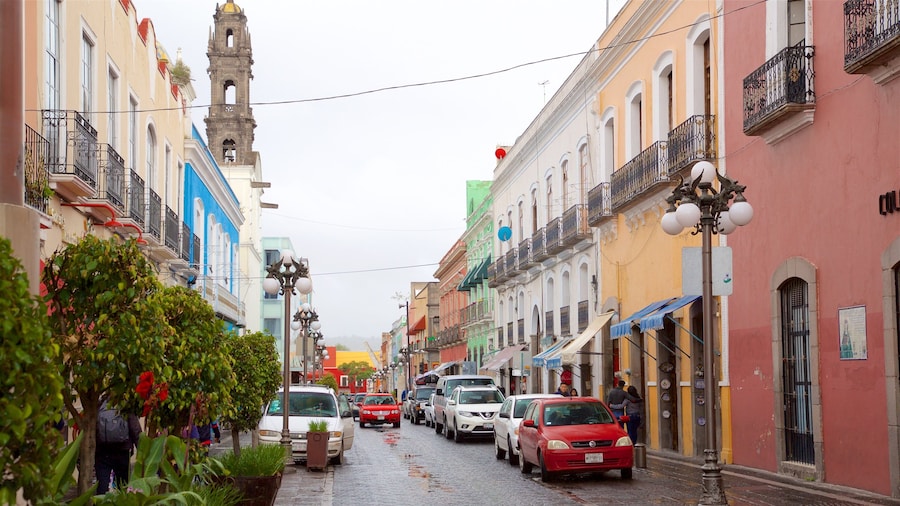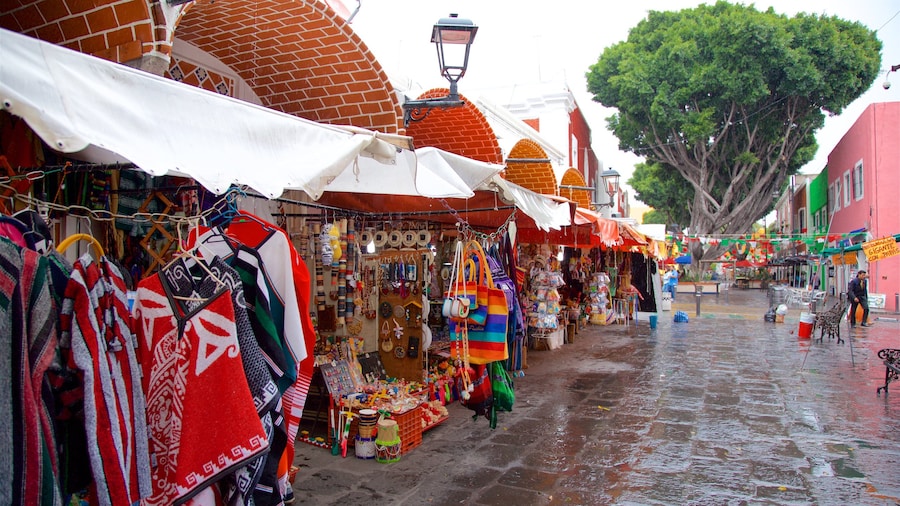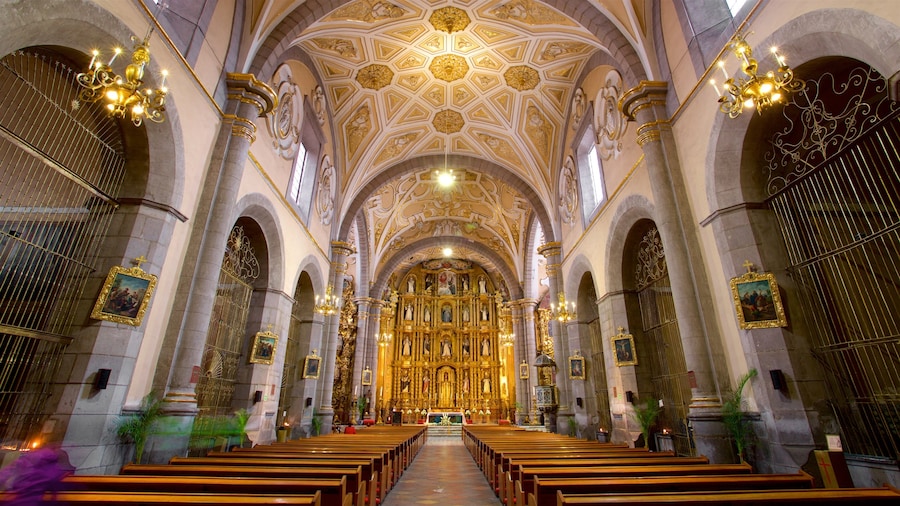Learn about the famous Mexican holiday of Cinco de Mayo in the museums of this surviving fortress where important battles took place.
Fort Loreto stands today as a reminder of an integral part of Mexican military history, when the country’s small army defeated a much larger French invader. The momentous battles took place here and in Fort Guadalupe in 1862, with victory remembered each year during the famous Cinco de Mayo holiday. Take a guided tour for a comprehensive overview of the war and its cultural significance today.
Learn about the iconic Battle of Puebla in this fascinating 18th-century fortress. Browse the exhibits in the Museum of Non-Intervention, where you can find letters, documents and paintings from the battle. See the old uniforms and weaponry and review the life and history of Benito Juarez, the first president of Mexico.
Admire the thick, low walls of the fort, which has seen several wars. Initially built as a religious shrine in the 1600s, it was fortified during the independence movement two centuries later.
Stroll through the surrounding Centro Civico Cinco de Mayo park for its various attractions. The park contains a soccer stadium, a large auditorium, a planetarium and vast green fields. Browse the intriguing exhibits at the Museo Imagina. Bring your kids to engage with the interactive displays about nature and science. Enjoy snacks and refreshments at the park’s café.
Note that although the Mexican army was eventually defeated, the victorious battle remains engrained in the country’s collective psyche as a patriotic symbol of unity. It was among the first signs of a Latin American country exerting its authority over colonizers.
Fort Loreto and the neighboring Fort Guadalupe are in the northeastern part of Puebla, about a 2.5-mile (4-kilometer) drive from the Centro district. The forts stand in the Centro Civico Cinco de Mayo beside the Parque Paseo del Teleferico. Take a bus to one of the stops along the main highway adjacent to the fort. There is a fee to enter the fort, which is open from morning until late afternoon Tuesday through Sunday. While in the area, also see Iglesia Cristo Rey, the Exhibitor Center and the Planetario de Puebla.
